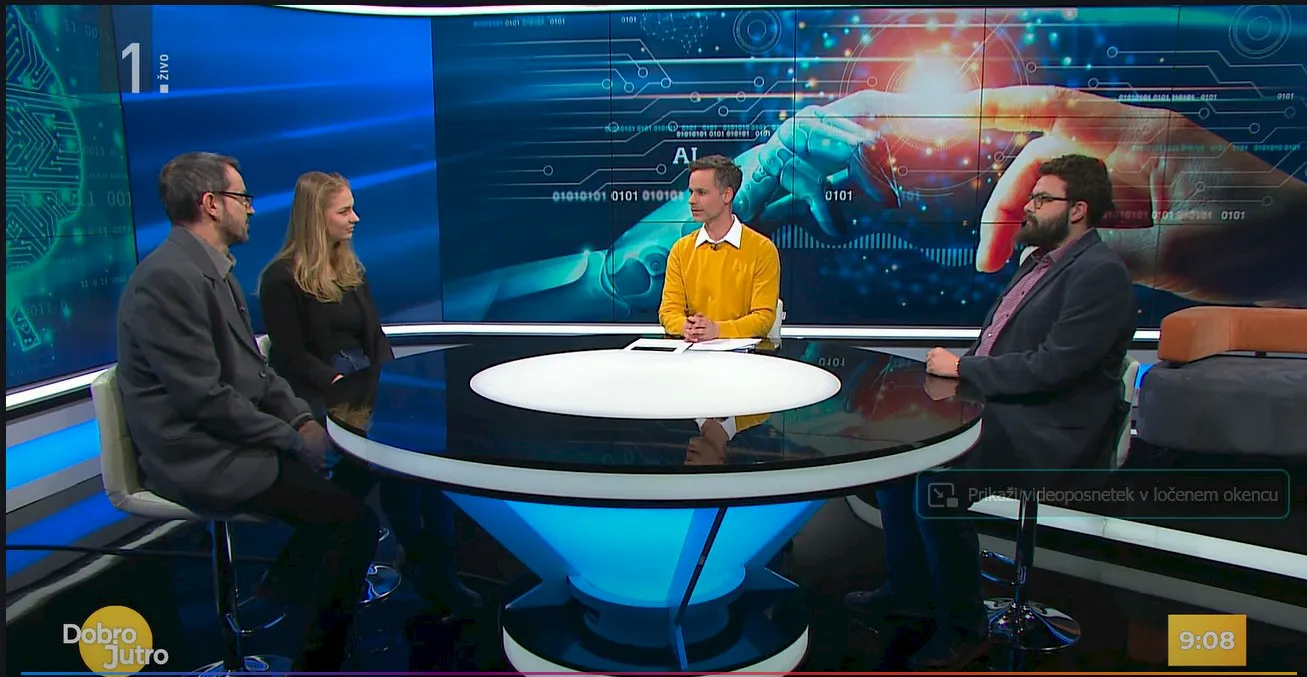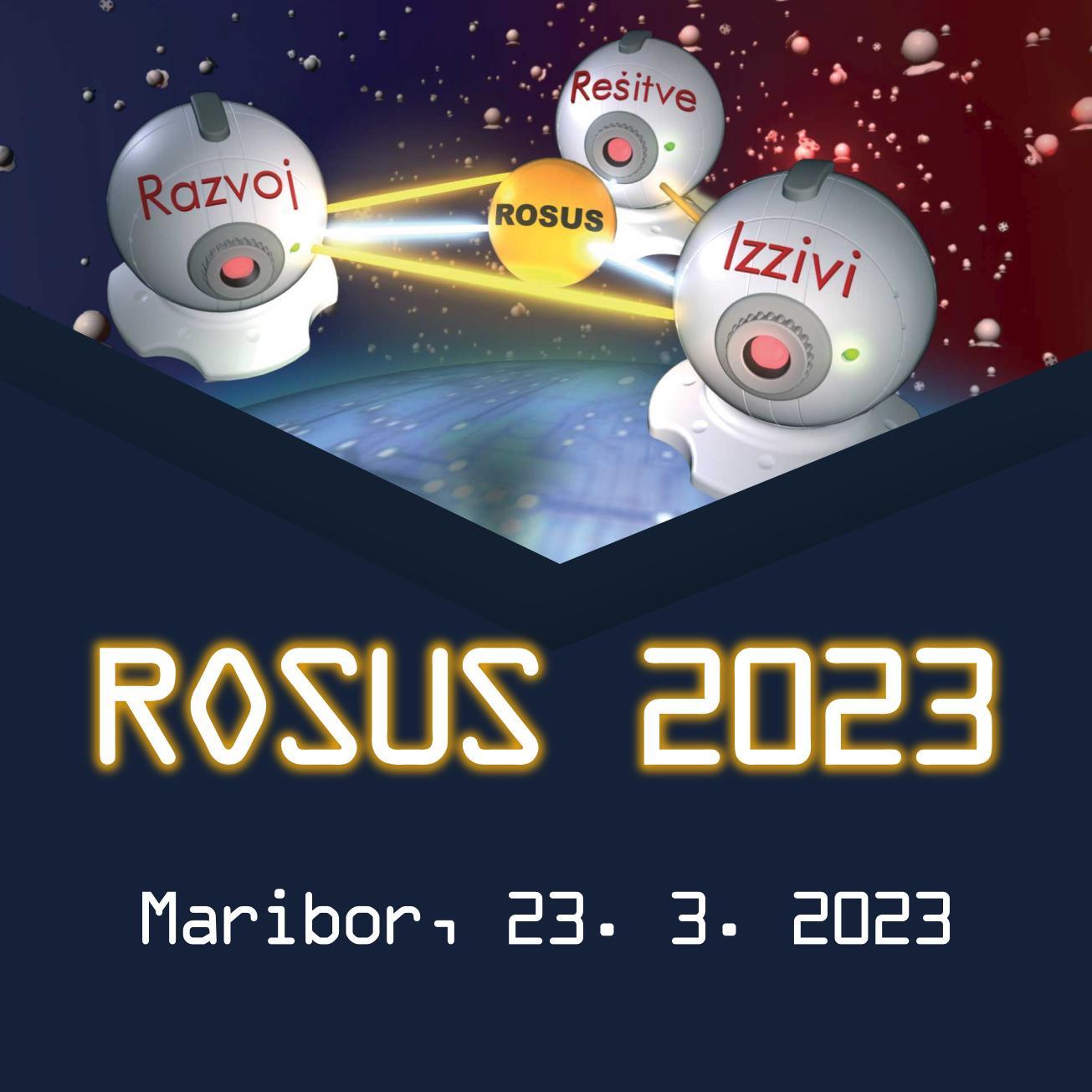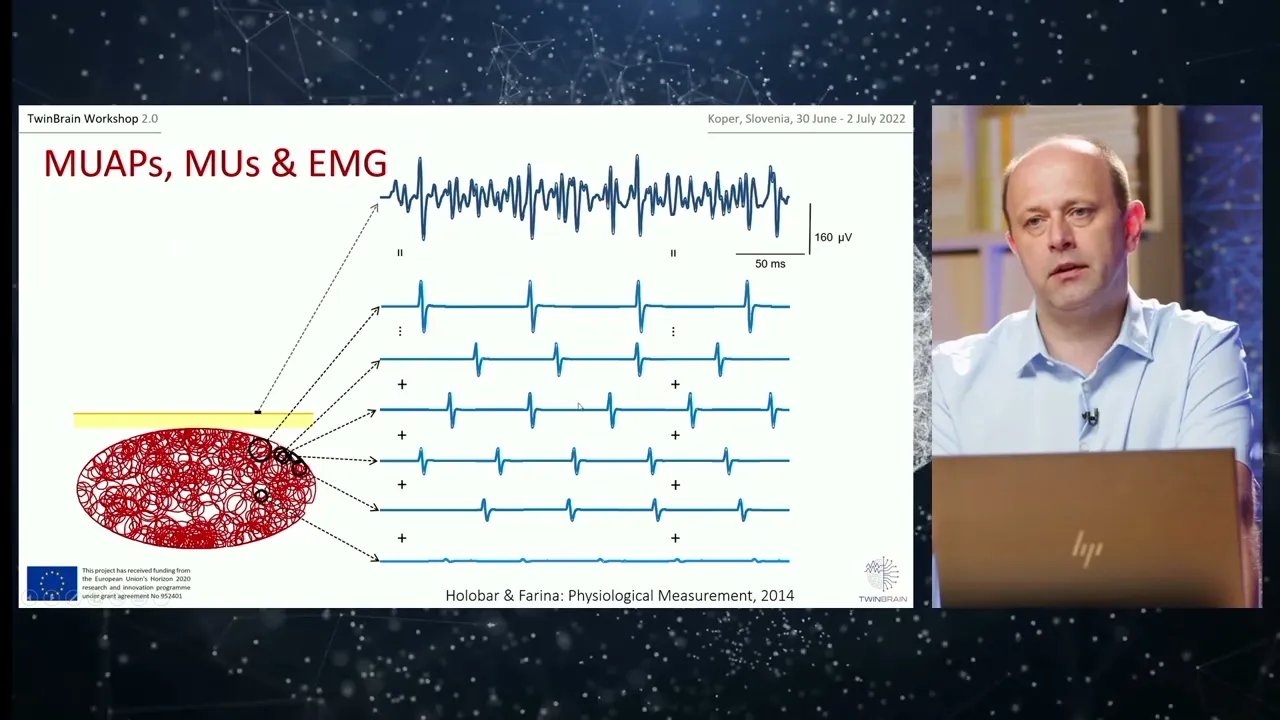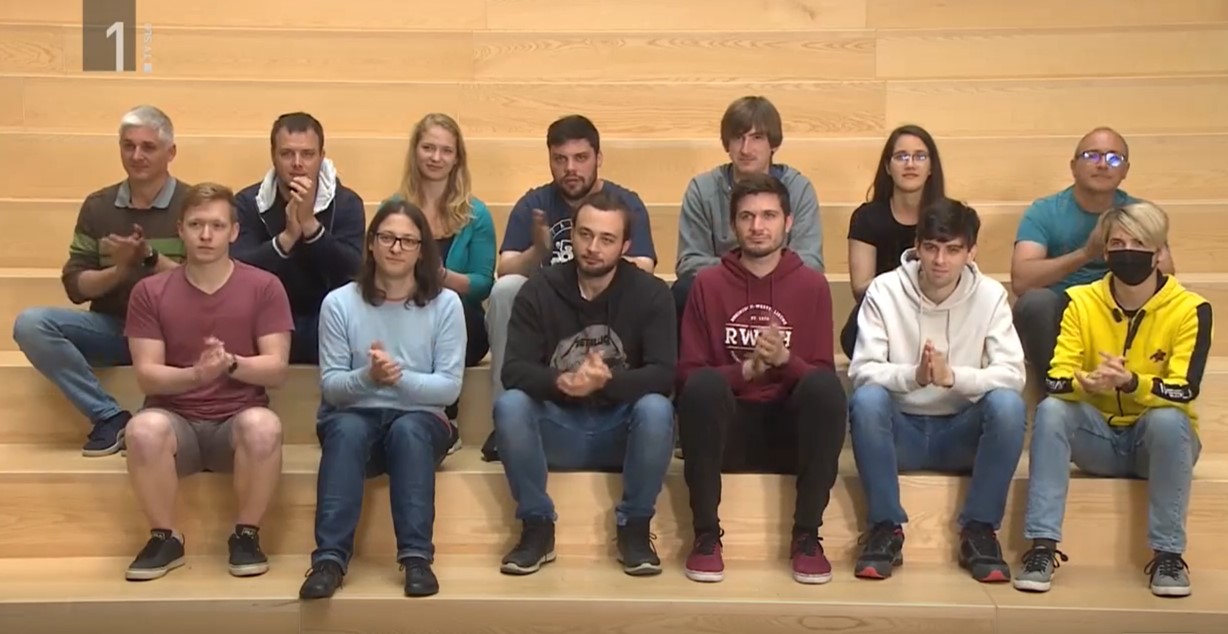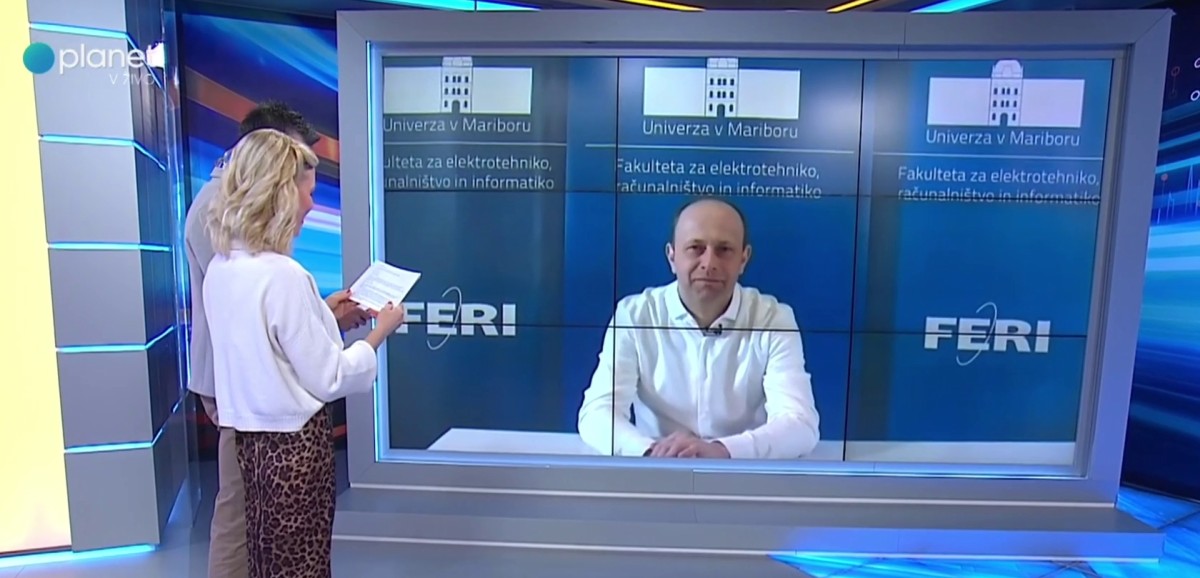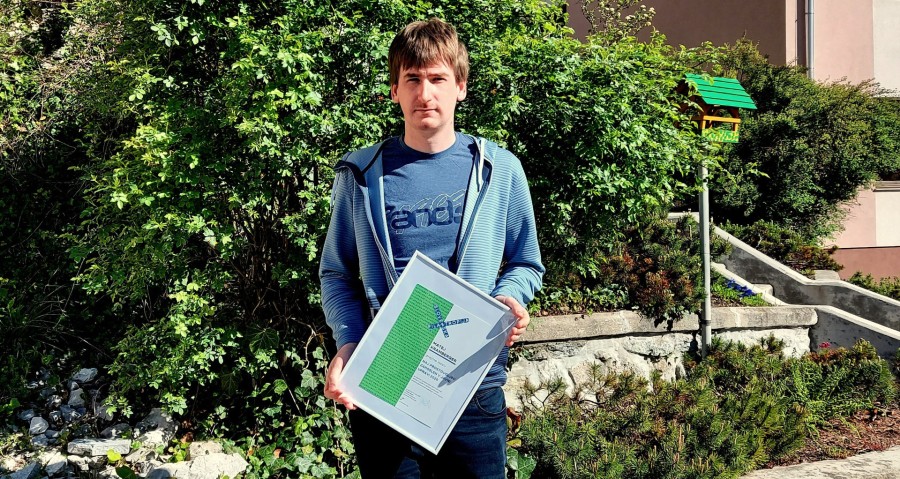Author: Božidar Potočnik
Mentor: Prof. Dr. Damjan Zazula
Co mentor: Prof. Dr. Franc Solina
Date: Sept. 14, 2000
Prediction-Based Object Recognition from a
Sequence of Images
Keywords: digital image processing, object recognition, image sequence,
moving object, object tracking, segmentation, region growing,
predictor-corrector methods, Kalman filter, prediction, modelling, ultrasound
images, speckle noise, ovarian follicles
UDK: 681.3.019:621.397:616
Abstract: In doctoral thesis, automated object recognition from a
sequence of 2D images is dealt with. We suppose that no prior knowledge about
the sequence is disposable, with the exception of type of images and objects
that are searched for, neither is possible to assure that variations from image
to image are small. All objects in the image are tracked, each object, however,
could move with its own motion. The thesis begins with an overview of existing
methods and techniques for processing the sequence of digital images,
emphasising the recognition methods. The methods are critically assessed and are
classified into five areas: a) methods for motion analysis in images, b)
segmentation methods based on motion, c) active contours, d) techniques for 3D
images, and e) predictor-corrector methods.
The research is continued with construction of two new recognition systems for
automated object recognition from a sequence of 2D images. To be able to
verify the recognition efficiency easier, real ovarian ultrasound images with
follicles and also artificial images are tested. A new procedure for creating
artificial images is developed. A 3D simulation ovarian model with follicles is
formed based on oval geometric constructs. The model is calibrated; afterwards,
a computer simulator for projecting the cross-sections through ovarian model at
an arbitrary angle and shift is set.
Basic procedure for recognition of dark oval objects in a static 2D image, i.e.
an algorithm for static 2D images, follows. Beside the region growing used as a
segmentation method, a weighted gradient and a set of statistical tests are
introduced for recognition. The developed algorithm is verified using artificial
and real ovarian ultrasound images. In the artificial images, all conditions are
precisely known, while for real images the efficiency of method is measured
according to the readings given by a doctor specialists. Appropriate
quantitative measures for assessing the efficiency of algorithm are described.
Recognition rate for the artificial images is around 90 % and for real images
around 78 %. An average absolute distance between the boundary of recognized and
correct follicles is in both cases about 1 mm.
Then we pass from object recognition in a single static 2D image to the
recognition where entire information from an image sequence is considered.
Through accurate mathematical formulation of a problem we prove that it is the
most optimal if recognition history from previous images is built in a Kalman
filter and is used for recognition on current image. The new algorithm for
object recognition from an image sequence with prediction procedures, i.e.
prediction algorithm, is described in detail. It is based on the Kalman filter.
The measurement system is realized with the algorithm for static 2D images.
Based on measurements in the first image, an object model is set. Afterwards,
this model is modified from image to image with Kalman filter regarding new
measurements. The model calculated for particular image defines the new best
estimate of the object searched for. Possible problems appearing at such a
recognition are identified, and beside the basic prediction algorithm three
improvements are given: for the case of big errors in measurements, for
considering the locality of object contours, and for correcting the unsuitable
measurements. The final prediction algorithm is given in a pseudocode form.
The prediction algorithm is tested on sequences of artificial and real ovarian
ultrasound images with follicles. For the assessment, already introduced
quantitative measures are used. The obtained results are much more compact and
accurate with the prediction algorithm than with the algorithm for static 2D
images. The number of misidentified follicles is considerable lowered (also to
80 % according to starting values). It points out that with such processing of
image sequences reliability of the obtained results is greatly increased. The
prediction algorithm in some difficult situations detects follicles even more
correctly than a doctor expert does.














